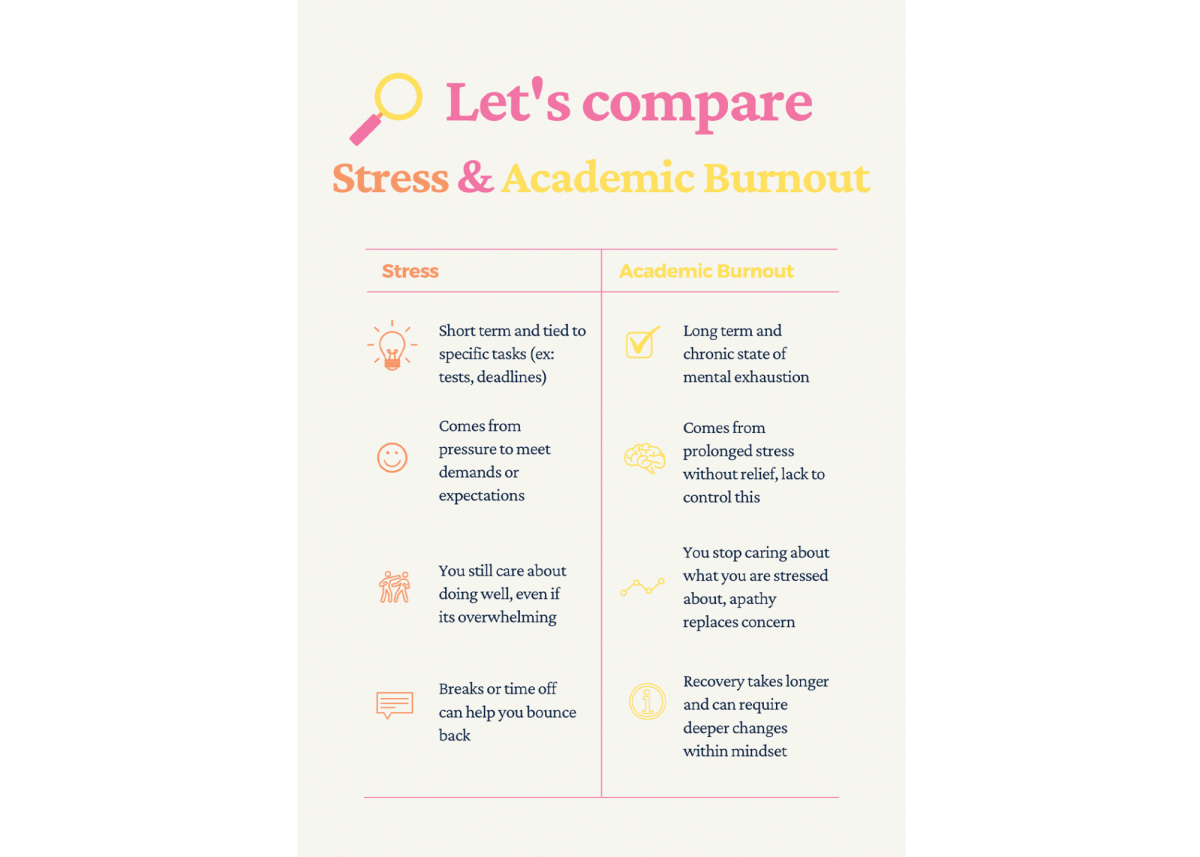OPINION: Asynchronous learning–The good in a bad pandemic
January 6, 2021
When the COVID-19 pandemic started, Lincoln Public Schools (LPS) was in a pretty good position. In an effort to increase the technological tools at teachers’ disposal, LPS had already gotten all of its students Chromebooks, so it could be assumed that all the students had devices capable of getting onto the internet. They had also already moved most of the communications between the school and students into an online form. The only thing they didn’t have ready for a sudden permanent snow school was a guaranteed stable internet connection for each student- a requirement if they wanted them to stream their lovely faces for class.
So, to be fair to those people who wouldn’t be able to show up to class, LPS didn’t have classes. Instead, the second semester of the 2019-2020 year was taught entirely via Google Classroom. If students wished, they could complete assignments posted therein and boost the grade they had before the world went haywire. If they were unable to do so, or just couldn’t be bothered, grades would not decrease from those levels. No one had proper classes, with schedules or lectures. They only had homework.
This is called asynchronous learning, and while it lasted, it was amazing. There are two things that it did better than normal in-person schooling:
- Less time wasted. With a traditional school setting, time is the main thing that you have to spend on education. School spends around 8 hours of a student’s day, similar to a 9 to 5-day job. Not all of that time is spent on learning. Throughout the day, half an hour is spent in the passing period. Then another 5 minutes per period is spent getting into the lesson from passing period, and another 5 winding down. Also, many classes are spent on giving students time to work on worksheets, practice, homework. Students are busy people, it’s reasonable to give them time to work- so teachers give the only time they have, which is class time. Asynchronous learning turns this idea on its head. Because there are no periods, no time is spent switching in between them. Besides, all the time is homework time. Instead of having homework take time meant for something else, it is the only thing that is happening.
- No attendance. The main factor in student success is no longer their willingness to show up and pay attention. Instead, it’s their willingness to do their homework. This means that no one has to get up at 6:00 in the morning anymore. All those problems that people have been complaining about for years with bus schedules forcing high school students to keep odd hours are solved by having high school students not needing busses, nor transportation of any kind. Meetings with teachers can last as long as they need to, students can have jobs and not be hampered with how many hours they can take. Not having a set time to do school means that school can happen when most convenient for the student instead of when most convenient for the state.
The control of one’s schedule is a liberating thing. No longer ruled by the bell, students choose when, where, and how they will learn.
Which means most won’t bother.
I desperately want to go back to asynchronous learning, but if it were to happen one very important thing would need to happen. Grades would need to matter. During LPS’s foray into asynchronous learning in May, grades were disabled, under the assumption that many students would be unable to participate, and that many more wouldn’t bother. With no consequence for not doing the homework, most students didn’t bother. That was a good move in the panic of the pandemic, but a rubbish long-term stratagem.
This is a problem because without teachers getting on students’ cases about missing assignments, not doing homework, etcetera, many students would fall through the cracks. Many high schoolers are not able to handle their own schedule. The current system is somewhat dehumanizing, but it does work. Most students graduate from high school, and it takes effort to not do so. That is not the case in an asynchronous environment, which is why it’s used more in colleges. They don’t care as long as they still get your money.
I think it’s worth it. But I am a high-achieving student, who did the homework during that fateful Spring semester. If asynchronous learning was normalized in society, the benefit of giving students control over their lives is well worth the lack of mandated social interaction. In the absence of that, this last Spring semester will prove a good proof of concept for a lovely little pipe dream.









